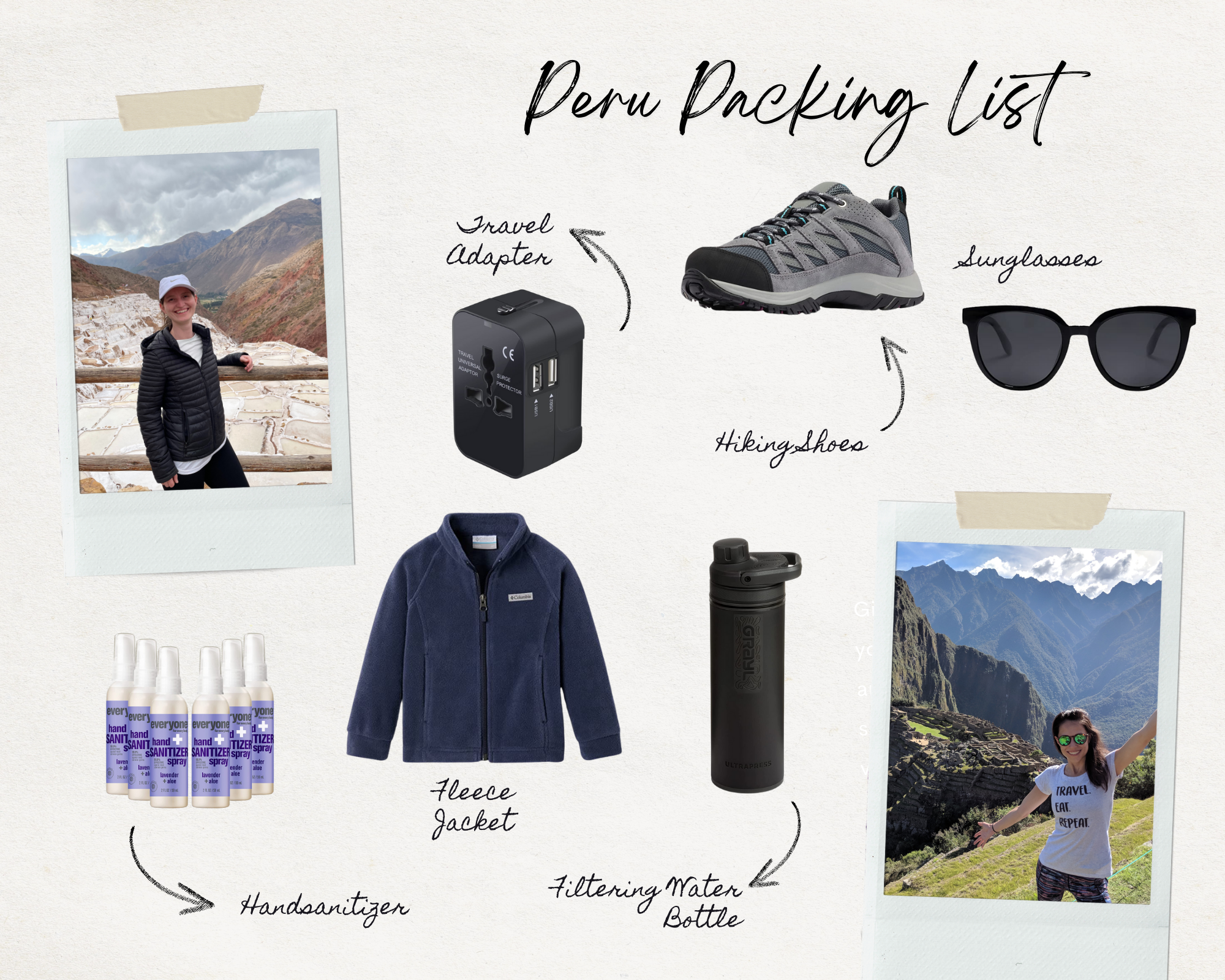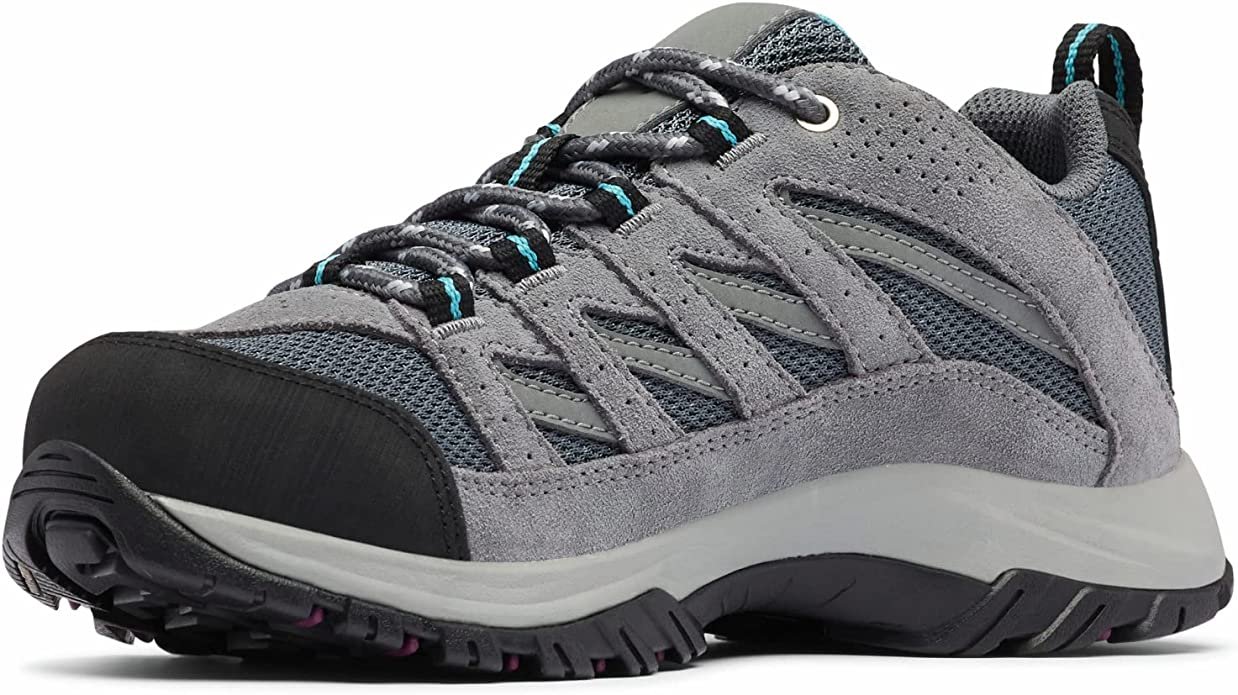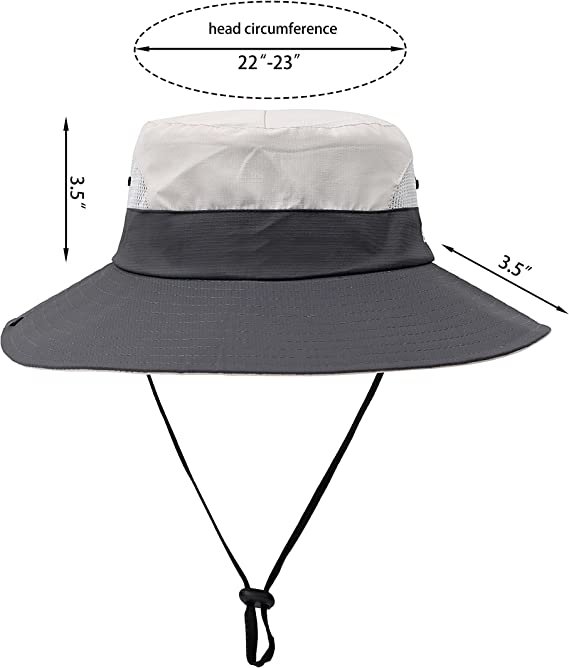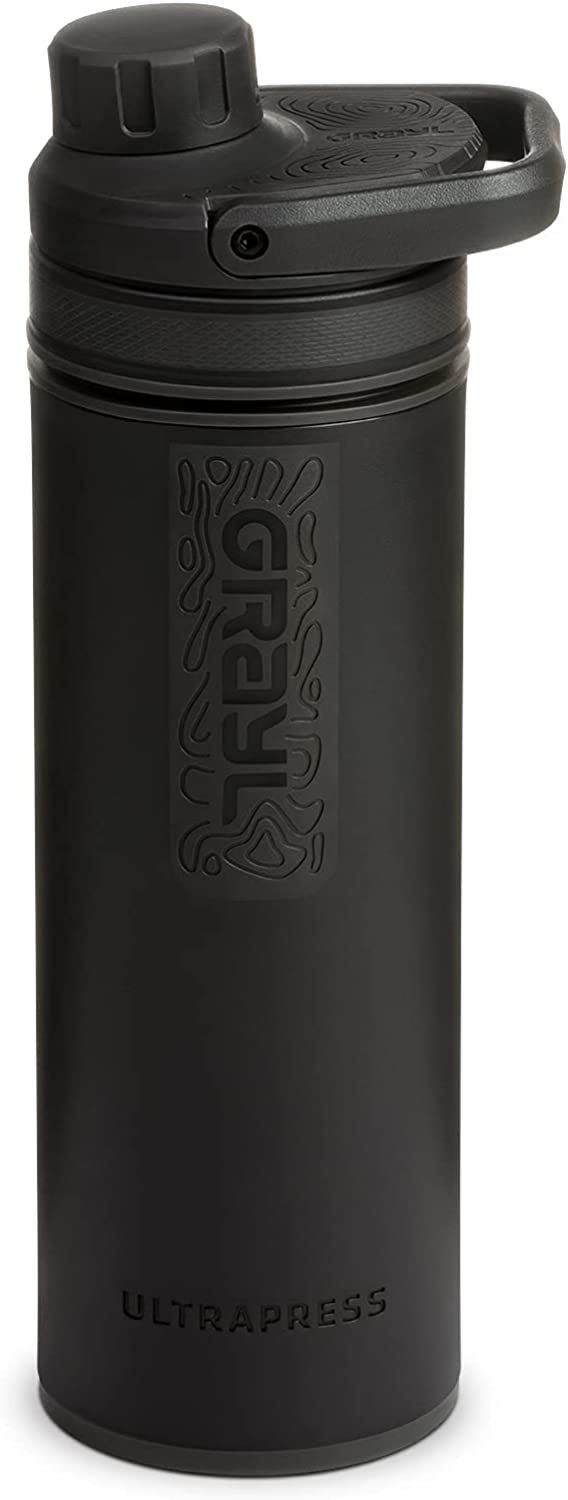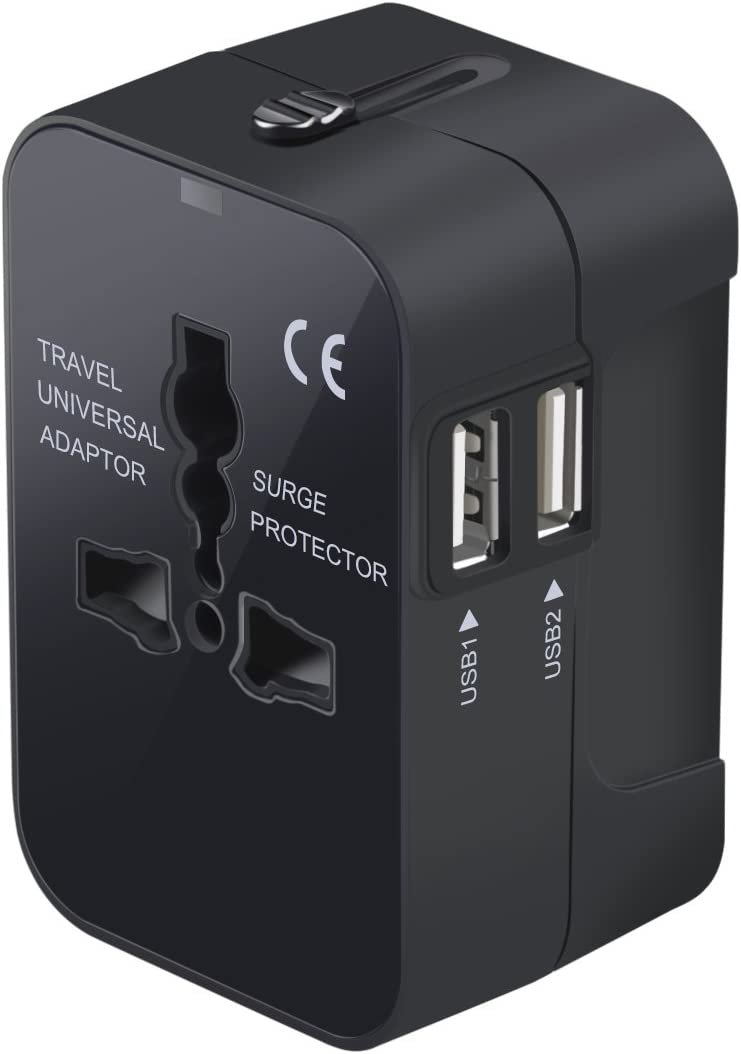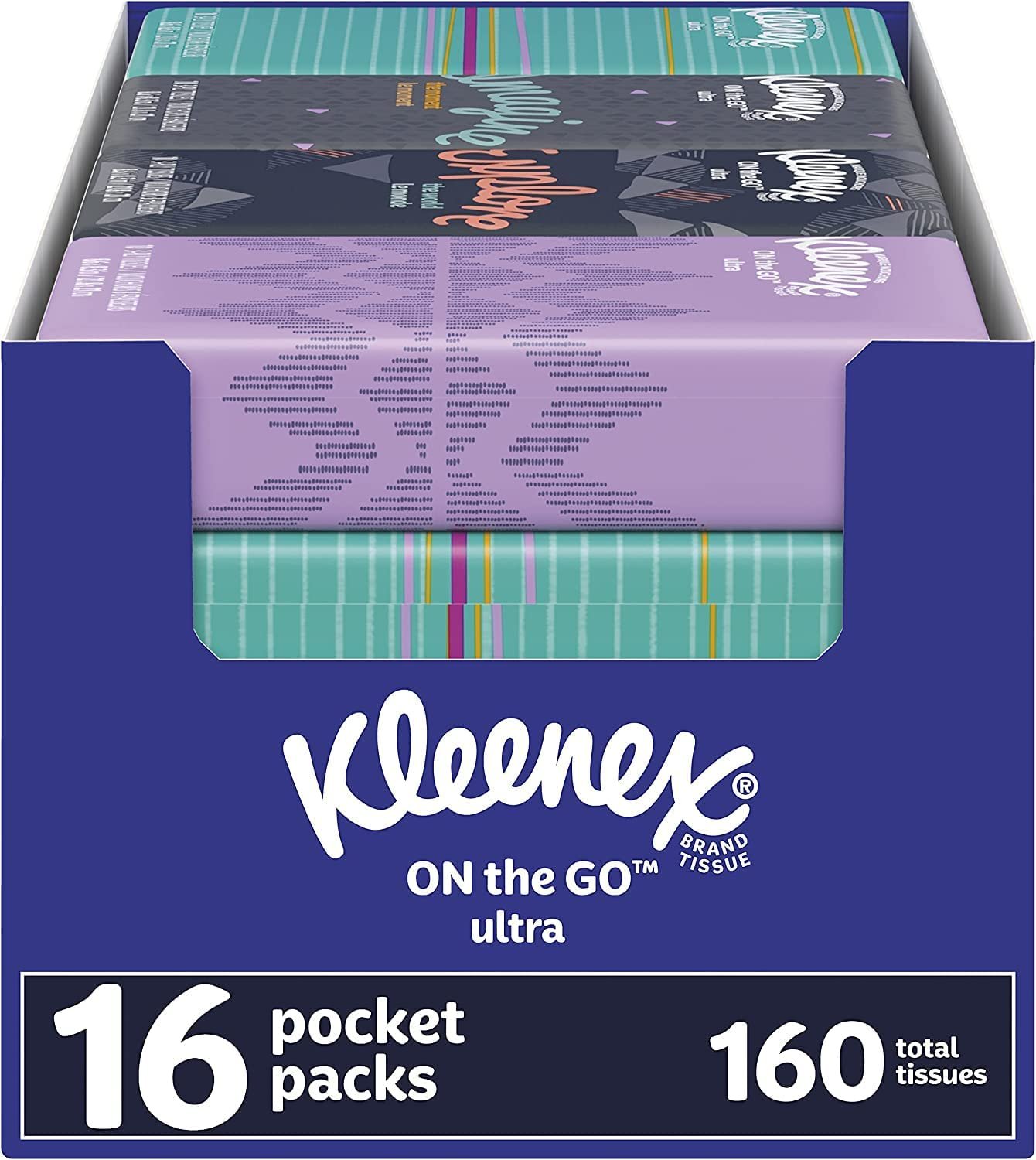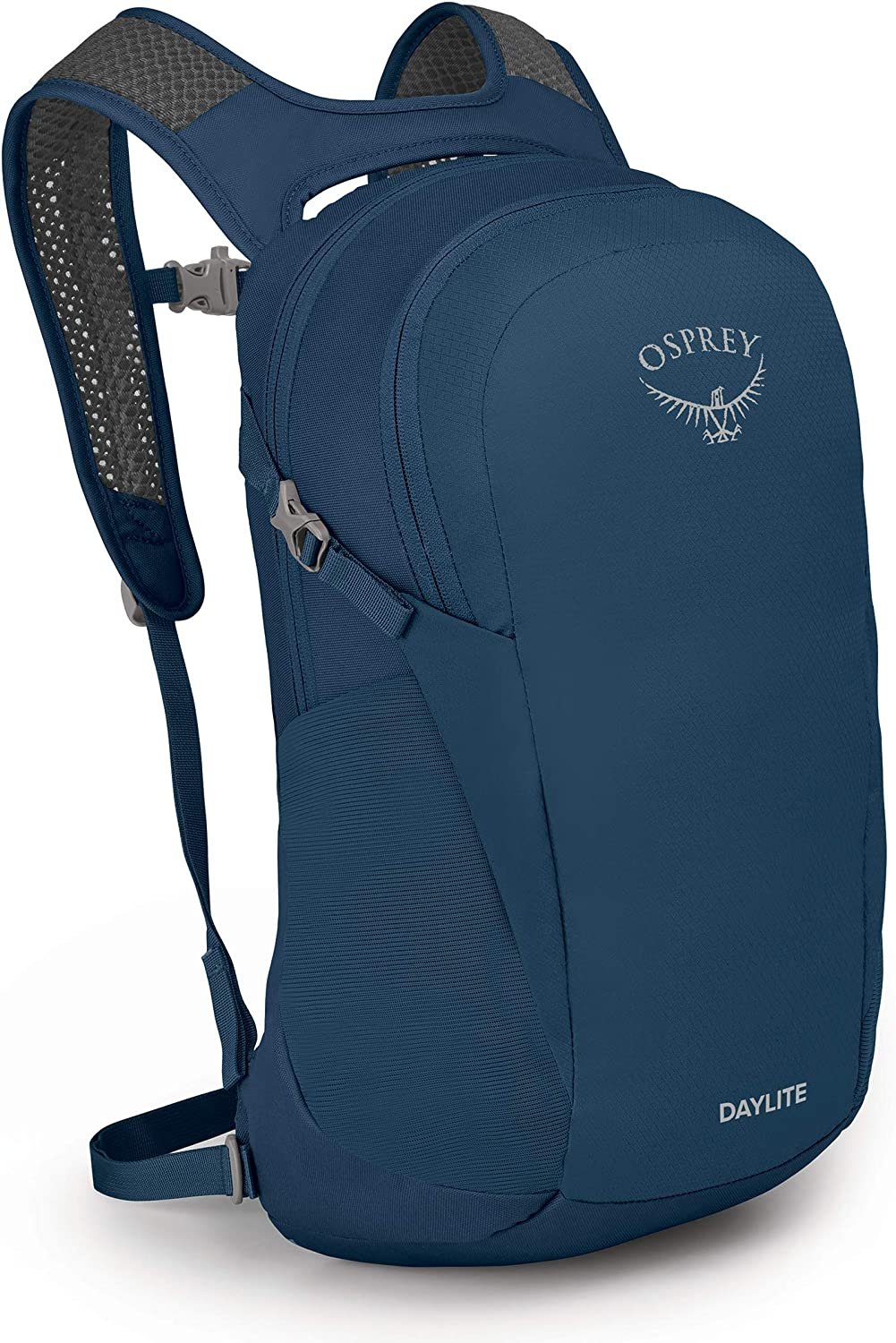Virtual vs. In-Person Client Appreciation Events: The Advantages of Going Virtual
/Although folks have craved “getting outside their 4 walls” since COVID times, we’re hearing shifting feedback from companies who host both in-person and virtual client appreciation events.
One event organizer for an insurance company explained, “The cost of in-person events is becoming prohibitive, and people RSVP and then don’t even show up! Our virtual gatherings have better attendance and engagement.”
Across the board, client appreciation events serve as valuable opportunities for your business to express gratitude and foster strong relationships with your clients.
However, in the era of virtual connection, let’s refocus on how it’s best for your client to engage. Many peoples’ lifestyles and expectations have changed, and perhaps, just perhaps….
…Virtual client engagement events are a better option for your company and your clients. Read on for 4 reasons why.
1. Accessibility and Convenience
No commute! Save your clients time and give them the flexibility to participate at home. Virtual client appreciation events provide unparalleled accessibility and convenience. By eliminating the need for travel, virtual events enable clients from various locations to participate effortlessly.
Regardless of their geographic location or time zone, clients can attend from the comfort of their homes, enhancing engagement. You can even encourage your clients to include their families in the virtual event. Get to know your clients on a personal level and bring their households into the fun.
2. Cost-Effectiveness
Save time and money by gathering clients all together versus visiting them across different locations. With virtual client appreciation events, you can save on expenses such as venue rentals, catering, transportation, and accommodation.
This cost efficiency allows you to allocate resources more effectively and achieve a higher return on investment. Additionally, if you stretch your budget through virtual, you can have more frequent engagements and touchpoints with your clients.
3. Increased Reach and Attendance
Virtual client appreciation events have the advantage of the expanded reach and maximum attendance. With in-person events, geographical limitations or scheduling conflicts can affect participation. By eliminating travel requirements, virtual events enable your business to engage with a larger audience, nurturing existing relationships and attracting potential clients.
We help our customers increase attendance with our complimentary registration process and by shipping recipe kits to each of their guests. Recipe kits give the feeling of unboxing a gift (and even include a souvenir kitchen tool!), and make it *almost too easy* for your attendees to join the class without having to grocery shop or explore their pantry.
One event organizer shared, “Every time we’ve hosted a virtual cooking class we get emails from clients afterward who thought it was great and asked what other kind of cuisine they can learn next. These events always sell out!”
4. Flexibility and Customization
Virtual events provide unparalleled flexibility and customization. For our virtual cooking class events at TTLT, we can customize the format, duration, and schedule to suit your preferences, and they create dynamic and engaging experiences. Moreover, virtual events can accommodate varying group sizes, from intimate gatherings to large-scale conferences.
And there you have it! Four advantages of virtual events: accessibility, cost-effectiveness, expanded reach, and flexibility.
If you’re in the market for a client appreciation event, check out one of our global cooking classes.
“You all make this so easy to plan. The Everything You Need Recipe Kit is so awesome and communication from TTLT is easy to understand and follow. We cannot wait for next year’s event! We truly all look forward to this each year and our clients rave about it!”













